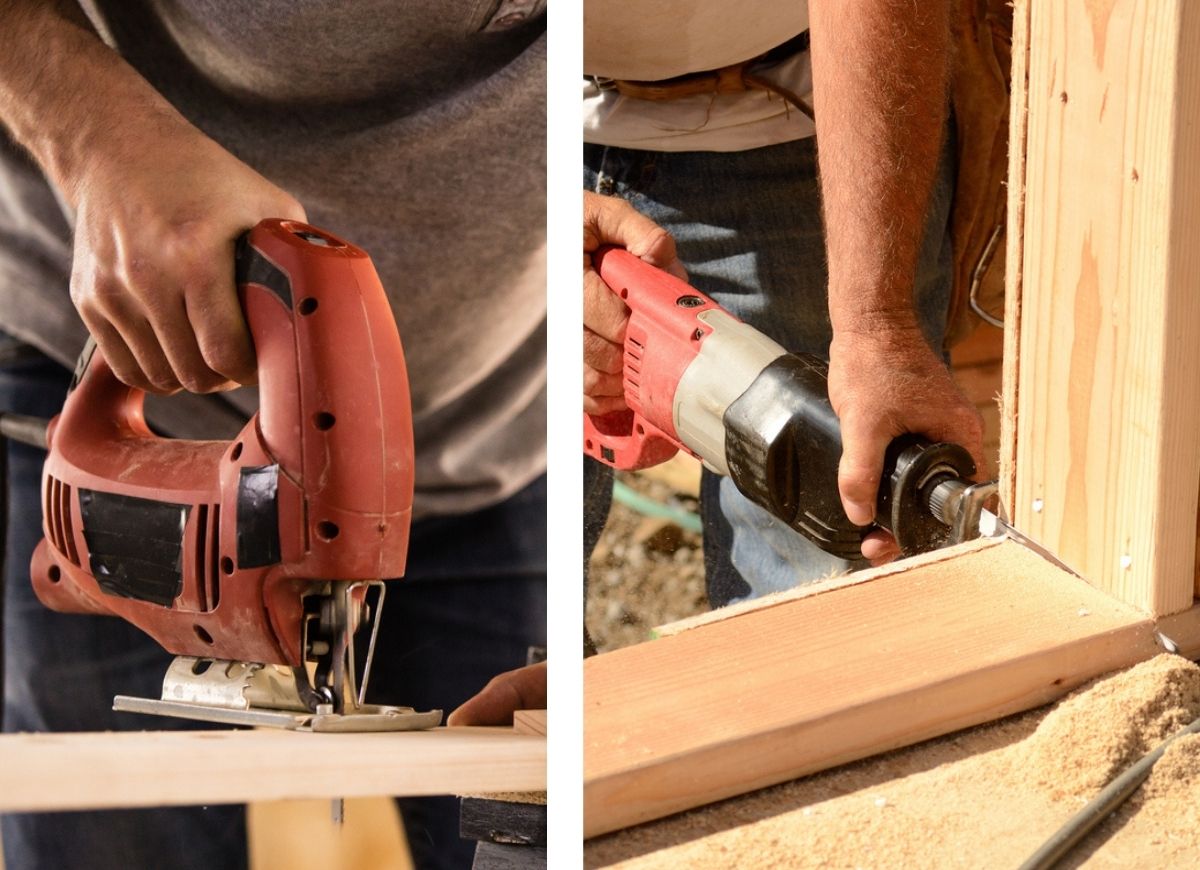Hi all,
I've already asked this question in the Garden section but it was part of a longer post. So I want to be specific.
I have a fence that I need to treat but before treating it I need to clean it. However, I think I also need to find a way of cutting a couple of inches from the bottom of the slats because rot is likely already setting in due to it touching the tarmac. I think the tarmac was put down after the fence, which is why it touches. See the attached photo.
Is there any way to cut it safely and easily? What are my alternatives if not?
Would a reciprocating saw work? The gaps between the slats are pretty small so my only thought would be to cut out a bigger gap at an angle first before then cutting straight across. But even then it's seems a bit of a stretch. I have worx tools so something like this: https://www.amazon.co.uk/WORX-WX500-9-Cordless-Reciprocating-Saw-Bare/dp/B083QYPG3D/ref=sr_1_6?crid=5JKU8H7BVQMS&keywords=worx+reciprocating&qid=1682842734&s=diy&sprefix=worx+re,diy,105&sr=1-6
Or maybe a pruning saw: https://www.amazon.co.uk/Folding-Pr...pY2tSZWRpcmVjdCZkb05vdExvZ0NsaWNrPXRydWU&th=1

I've already asked this question in the Garden section but it was part of a longer post. So I want to be specific.
I have a fence that I need to treat but before treating it I need to clean it. However, I think I also need to find a way of cutting a couple of inches from the bottom of the slats because rot is likely already setting in due to it touching the tarmac. I think the tarmac was put down after the fence, which is why it touches. See the attached photo.
Is there any way to cut it safely and easily? What are my alternatives if not?
Would a reciprocating saw work? The gaps between the slats are pretty small so my only thought would be to cut out a bigger gap at an angle first before then cutting straight across. But even then it's seems a bit of a stretch. I have worx tools so something like this: https://www.amazon.co.uk/WORX-WX500-9-Cordless-Reciprocating-Saw-Bare/dp/B083QYPG3D/ref=sr_1_6?crid=5JKU8H7BVQMS&keywords=worx+reciprocating&qid=1682842734&s=diy&sprefix=worx+re,diy,105&sr=1-6
Or maybe a pruning saw: https://www.amazon.co.uk/Folding-Pr...pY2tSZWRpcmVjdCZkb05vdExvZ0NsaWNrPXRydWU&th=1
Last edited:


